Category: genomics
How Common is Familial Hypercholesterolemia?

Familial Hypercholesterolemia (FH) is a genetic condition that leads to high blood levels of low-density lipoprotein cholesterol, also known as LDL-C or “bad cholesterol.” Most people with FH have heterozygous FH, meaning they have only one FH-causing mutation, but in rare cases, a person can have homozygous FH, meaning they have FH-causing mutations in both Read More >
Posted on byNext Generation Sequencing to Diagnose Primary Immunodeficiency

Primary immunodeficiencies (PI) are a group of more than 400 genetic disorders that alter the ability of the immune system to fight off infection and affect 1 out of 1,2001 births in the United States. Patients with PI are at increased risk of recurrent infections, certain malignancies, and death. Initial identification of PI in a Read More >
Posted on byPublic Health Impact of Digital Health: Reinventing the Wheel

“Digital health has potential to improve health management, but the current state of technology development and deployment requires a “buyer beware” cautionary note.” (Perakslis and Ginsburg, JAMA, 2020) In a recent JAMA viewpoint, Perakslis and Ginsburg summarize the current state of digital health and discuss approaches in evaluating benefits, risks and value of these technologies. Read More >
Posted on byLabs on FHIR: Sharing Genetic Test Results*
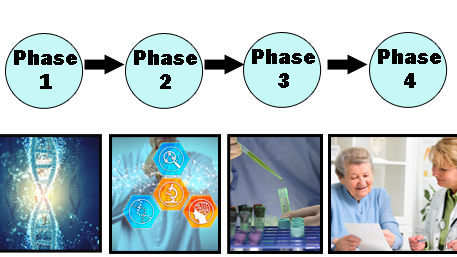
The use of genetic testing is becoming increasingly routine in patient care. For example, tests are available to check newborns for genetic disorders, screen would-be parents for carrier status, inform cancer care, and evaluate potential pharmacogenetic associations. However, the laboratories that perform these tests face many challenges that keep them from being able to return Read More >
Posted on by2020: A Challenging Year of Progress for Genomics and Precision Public Health
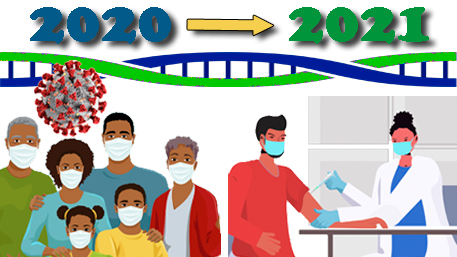
It is time to wrap up an eventful 2020 which unfortunately was dominated by the COVID-19 pandemic. From January 2020 through November 2020, we saw a major increase in visits to our website (> 2.6 million views, compared to 2 million views in 2019 and 1.2 million views in 2018). In our year end blog, Read More >
Posted on byGenomic Medicine Year in Review 2020: Population-wide Implementation Research Has Arrived
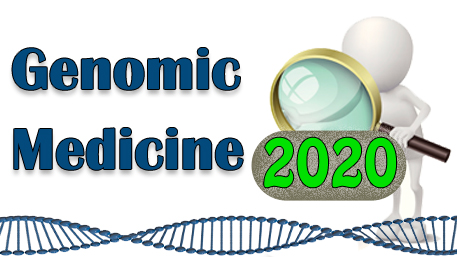
Advances in genomic medicine continue at a steady pace. In a December 2019 paper, The Genomic Medicine Working Group of the National Advisory Council for Human Genome Research of the National Human Genome Research Institute (NHGRI) identified 10 papers with the most significant advances in the field. In our 2019 end of the year blog. we featured 5 Read More >
Posted on by15 Years of Genome-wide Association Studies: What’s the Public Health Impact?
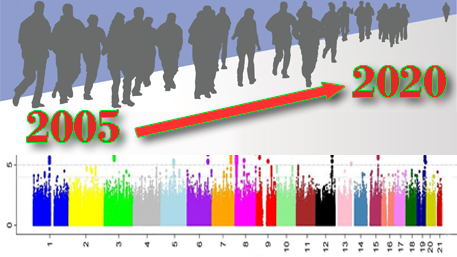
Genome-wide association studies (GWAS) test thousands or millions of genetic variants scattered throughout the human genome for association with human traits or diseases. GWAS burst onto the scientific scene in 2005 and have been enabled by technological advances and falling prices. A recent commentary in Nature Communications summarized the state of the science: To date, Read More >
Posted on byHappy Thanksgiving 2020: Family and Family Health History Are As Important As Ever

This Thanksgiving might not look the same as the ones before it, but some things haven’t changed. Even if you can’t see your loved ones in person, Thanksgiving is still a great time to talk to your family members about your family health history. Having one or more family members with a disease can mean Read More >
Posted on byAssessing the Value for Money of Using Genome Sequencing in Child Health

If you have a child with a neurodevelopmental condition, such as autism, epilepsy, or unexplained developmental delay, finding a genetic cause for his/her condition can bring peace of mind and avoid what seems like an endless cycle of medical evaluations and tests. The application of next generation sequencing (NGS) methods, including sequencing the protein-coding region Read More >
Posted on byA New Vision for Using Genomics to Improve Health: An Expanded Role for Public Health
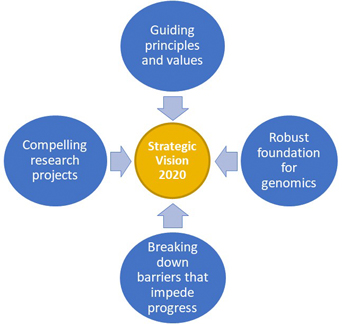
The National Human Genome Research Institute (NHGRI) recently published a new strategic vision 2020 to identify research priorities and opportunities in human genomics for improving health. The framework includes four main areas: guiding principles and values, a robust foundation for genomics, breaking down barriers that impede progress, and compelling research projects. Since the completion of Read More >
Posted on by 1 Comment

